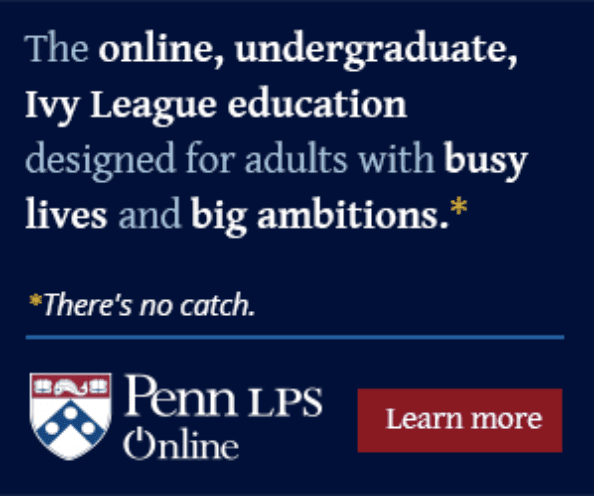Even in the early days of last March, few in higher education could have predicted just how much the Covid-19 pandemic would affect the way that institutions have approached teaching and learning in 2020. With the vast majority of schools switching to online learning for the second half of the spring semester, and a variety of hybrid models combining in-person and remote classes this fall, universities have quickly learned to rely on virtual learning to keep delivering value to students.
While the shift in March was quickly necessitated by the pandemic, administrators and instructors have had months to prepare for the eventuality of partial or entire online instruction in the fall semester. In many cases, virtual learning still delivers on the promise of universities to provide a high-quality educational experience to their students. Here’s how to communicate that value to students, parents, and other community members.
Virtual courses keep students and communities safe.
First, and perhaps most importantly, the switch to remote and hybrid learning was necessitated by circumstances outside the university’s control. The overall goals have always been to follow official guidance, where that exists, and to protect students, faculty, staff, and the surrounding community by lowering or eliminating indoor gatherings.
Taking a virtual course allows students to lower the chances of becoming infected themselves, as well as protects their families (for commuter students) and other community members students would otherwise come into contact with regularly. An online format lets students progress with their education and learn from the same faculty members while promoting public health.
For example, when laying out the basics of their Fall 2020 Covid-19 online learning plan, Bowdoin College presented the priorities behind their decision:
Priorities: First and foremost, the health and safety of students, faculty, staff, and our neighbors in the Brunswick community; providing an excellent Bowdoin education to every student; strengthening the bonds of our community; and being good stewards of our financial resources.
Emphasizing the health and safety of the college and surrounding community “first and foremost” helps remind students what is important, and that their school cares about their well-being. Although online learning may be a difficult transition, it is done out of care and respect.
Online classes provide flexibility.
The rhythm of our lives has changed, and many of us—especially students—are spending more time at home. For many students, this can be a time to rethink and get ahead on career and educational goals. Especially for nontraditional students—like continuing education, part-time, or older students—online courses offer unique opportunities to work toward a degree or certificate from home.
Asynchronous and flexible classes mean that students can continue to learn and progress on their career path in an uncertain time, on a schedule that works for them—and there’s no commute involved, either. This flexibility was not always available prior to Covid-19, and with more courses online than ever before, there’s something for everyone to explore an area of interest or continue to progress toward a degree or career change.

This online ad from Penn’s Liberal and Professional Studies program showcases the accessibility of their online programs, allowing busy professionals the ability to embrace their curiosity and growth with online courses made to fit into their lives rather than the other way around.
Smart tech connects students and teachers like never before.
In 2020, we have more ways than ever to connect with each other virtually. High-quality learning is still possible in a virtual or hybrid environment, as instructors can use tools that expand far beyond live, video class meetings. Discussion boards, video lectures, virtual office hours, and online tools for writing and researching help students and faculty stay connected and collaborate with each other. University libraries are sharing digital resources so students can make the most of their educational experience without physical access to campus. The wealth of digital media and technology ensures that students have a robust and varied learning experience without stepping foot in a classroom.
Students and parents should know online learning is more than a stopgap as a result of necessity–it’s the future of the classroom and the workplace. Familiarizing themselves with online communication and collaboration tools will only help students, as the typical American career already relies heavily on these tools, and their use will only increase as more of companies’ workforces go remote or are scattered around the world.
As Purdue University notes on their site:
Purdue’s instructional designers and video teams are currently working with Purdue faculty creating content and designing these courses in preparation for the Fall 2020 semester…Purdue’s goal is to produce courses that are tailor-made for an online environment which includes high-quality video and audio, engaging activities, opportunities for student-to-student interaction, and connections between students and faculty.
They emphasize the “tailor-made” nature of these online courses, which will contain multiple forms of interaction with classmates and course material for effective learning.
Though this learning landscape will continue to change—the situation will likely look different in a year’s time, or even by the end of the academic year—online learning offers a valuable experience to students, and you should be communicating that value to drive enrollment and ensure the school’s promise of teaching and learning continues to be brought to life.
Seem like a lot to manage? At Viv Higher Ed, we specialize in creating custom, end-to-end marketing solutions for institutions of higher learning. Contact us today for a no-cost consult and learn how we can help enhance your landing pages and build you a qualified pipeline of prospective students.
